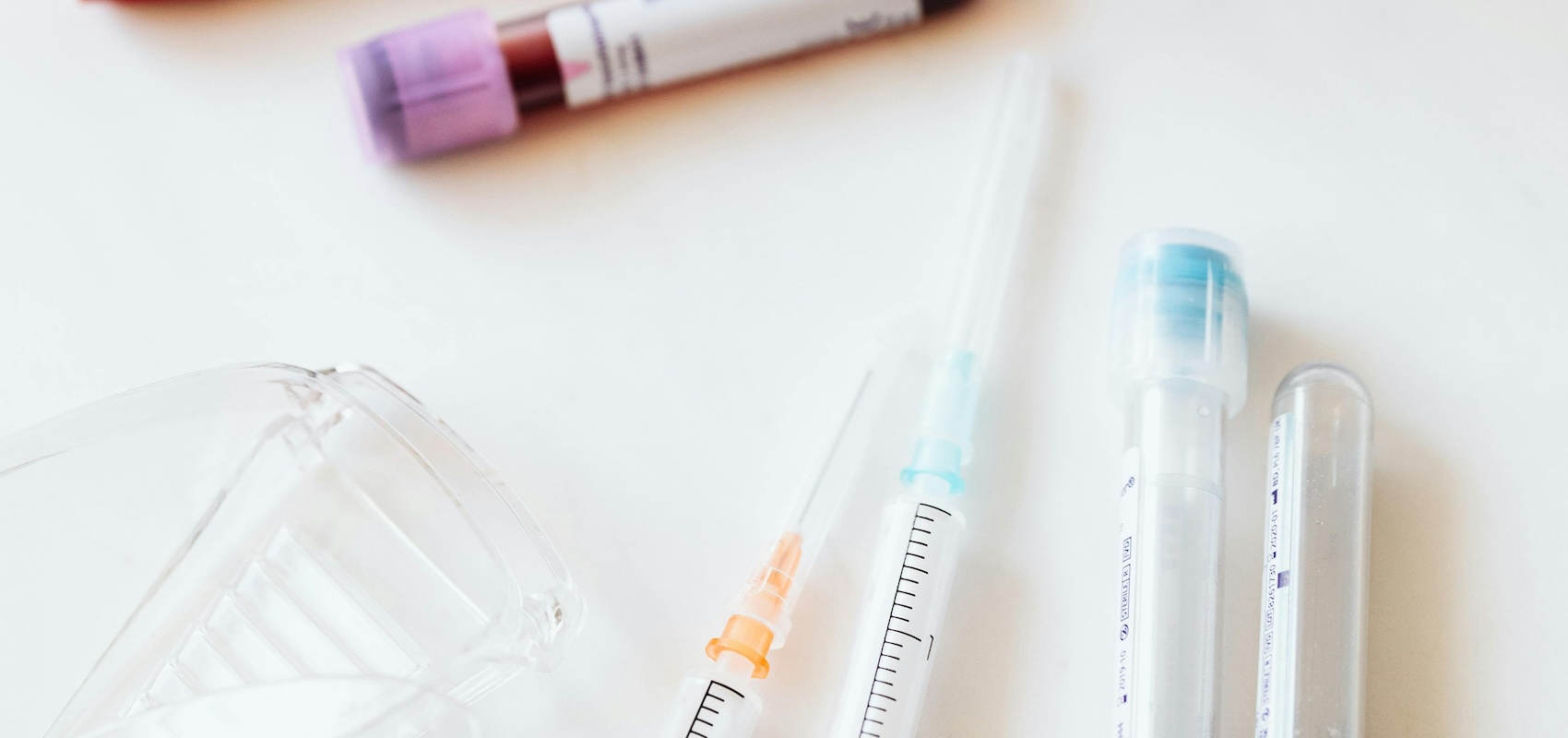
What do you call a billion-dollar corporation that annually swallows millions in government funding but fails to deliver comprehensive medical care to women? Planned Parenthood.
Planned Parenthood collects $699.3 million taxpayer dollars per year—approximately $2 million taxpayer dollars per day—and claims to provide comprehensive healthcare and pregnancy services. Yet 97.1 percent of those “services” provided are elective abortions; only 1.6 percent are prenatal support.
A recent New York Times exposé shed light on Planned Parenthood’s troubling track record in healthcare. Despite receiving millions in government funding, the organization continues to falter in providing quality medical services for women. Planned Parenthood clinics often suffer from “aging equipment and poorly trained staff,” and some patients have had to go to the emergency room after Planned Parenthood botched their abortions.
Meanwhile, thousands of free clinics, federally qualified health centers (FQHCs), pregnancy help centers, and maternity homes offer comprehensive, high-quality care at low to no cost, while receiving far fewer resources from taxpayers. In fact, one study shows that pregnancy help centers are more likely than abortion clinics to offer same-day appointments and free pregnancy testing. It’s time to redirect Planned Parenthood’s taxpayer funding to organizations that actually provide comprehensive women’s healthcare.
The reason Planned Parenthood continues to receive taxpayer funding is rooted in politics. In 2024, Planned Parenthood pledged $40 million to support Democratic candidates ahead of the November elections. Rather than prioritizing patient care—perhaps by replacing its “aging equipment” and improving its “poorly trained staff”—its primary focus remained preserving its business model, which overwhelmingly relies on taxpayer funding and elective abortion services.
Planned Parenthood’s own annual report reveals the stark reality: 97 percent of its pregnancy resolution services are abortions, while prenatal care, miscarriage management, and adoption referrals barely register. Since 2010, prenatal care is down 80 percent; cancer screenings are down by 71 percent, including declines of 72 percent for breast exams and 74 percent for pap tests. Meanwhile, its government funding has continued to climb. In 2022–2023, the organization reported nearly $2.1 billion in income, with $699 million—34 percent of its overall revenue—coming from taxpayer-funded government grants, contracts, and Medicaid reimbursements.
At the same time, it holds approximately $2.5 billion in net assets, with an excess revenue of $178.6 million. Clearly, Planned Parenthood is not a struggling healthcare provider—it’s a partisan political powerhouse profiting off of vulnerable women without providing quality care.
Yet many still argue that defunding Planned Parenthood would leave women without healthcare options. This claim, often parroted by media outlets, ignores the reality of America’s robust network of FQHCs, free clinics, pregnancy help centers, and maternity homes. A flawed 2015 Congressional Budget Office (CBO) report failed to even consider the potential of these alternative healthcare providers, falsely suggesting that Planned Parenthood was the only viable option in certain underserved areas.
In truth, the goal of FQHCs and free clinics is to provide quality healthcare in underserved localities and thus serve as the backbone of care for uninsured and underinsured populations. The National Association of Community Health Centers reports that in 2023 alone, community health centers provided care for 32.5 million Americans at over 16,000 locations. Additionally, the National Association of Free & Charitable Clinics recorded that 1.7 million patients received care through 5.7 million visits at 1,400 free clinics and pharmacies nationwide.
Beyond these, thousands of pregnancy help centers and maternity homes offer crucial services to women and families facing unplanned pregnancies. Across the United States, 2,750 pregnancy help centers provide medical, prenatal, and social support care—including pregnancy testing and ultrasounds—to roughly two million women annually. They also often offer STD testing, pregnancy counseling, parenting classes, and material aid—such as diapers, baby bottle formula, and children’s clothing. Their services extend beyond the initial unplanned pregnancy encounter to support families during and after the pregnancy, often through the child’s toddler years. Meanwhile, 425 maternity homes across forty-eight states deliver wraparound services such as housing, parenting support, and career coaching, ensuring women and their unsupported children have real alternatives to abortion.
Planned Parenthood, by comparison, operates just over six hundred health centers across the U.S.—a fraction of the locations available through FQHCs, free clinics, and pregnancy help centers combined. With over 19,000 service sites nationwide, these other providers vastly outnumber Planned Parenthood and offer a broader spectrum of care options without a singular pregnancy focus on abortion. The argument that Planned Parenthood is the only option for underserved women is simply untrue.
Furthermore, the difference in services provided is staggering. FQHCs offer emergency first responder care, mammograms, immunizations, diabetes screenings, pediatric eye, ear, and dental screenings, well-child services, and radiological services—critical, life-saving healthcare that Planned Parenthood does not provide. In contrast, Planned Parenthood’s services are far more limited, primarily consisting of birth control, manual breast exams, UTI and STD testing, and pelvic exams—all of which are also available at FQHCs. Simply put, FQHCs deliver a far more comprehensive and necessary range of healthcare services than Planned Parenthood ever has.
Unlike Planned Parenthood, these organizations operate with a genuine commitment to women’s health, often staffed by volunteers and clinicians who serve on limited budgets. They offer comprehensive, compassionate care—without a financial tie to abortion politics.
If lawmakers are serious about improving women’s healthcare, they must dismantle the myth that Planned Parenthood is an indispensable provider. The first step is recognizing the incredible work already being done by FQHCs, free clinics, pregnancy help centers, and maternity homes—the real social safety net for women and children in need. The second step is redirecting taxpayer dollars away from a politically motivated organization toward these vital, community-based providers.
Women deserve better than a billion-dollar abortion business masquerading as a healthcare provider. It’s time to invest in real care, real support, and real choices that empower women with authentic healthcare options.
